A sturdy fence not only defines your property but also enhances its appearance and security. Over time, fences can suffer from weather damage, rot, or accidental impacts, leading to gaps, sagging, or broken panels. Repairing your fence promptly prevents small problems from becoming costly replacements. Whether your fence is wood, vinyl, or metal, there are practical methods to restore its strength and aesthetics. Below are 10 effective ways to repair your fence, ensuring it looks great and stands strong for years.
1. Replace Broken Wooden Panels
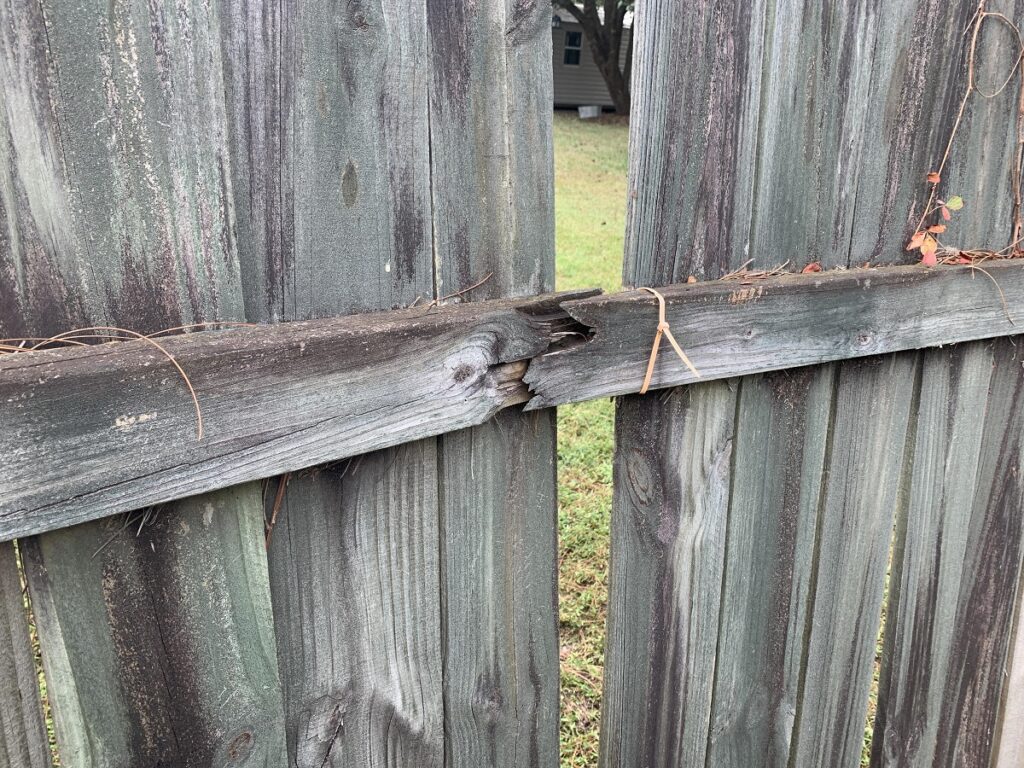
Wooden fences are susceptible to rot, splintering, and warping over time. If you notice a broken panel, the best approach is to replace it entirely rather than patching it. Start by removing the damaged panel carefully to avoid harming surrounding boards. Measure and cut a replacement panel to match the exact size. Then, secure it with nails or screws, making sure it aligns perfectly with the existing fence. Applying a weatherproof sealant afterward ensures durability. This method restores both function and visual appeal seamlessly.
2. Repair Leaning Fence Posts
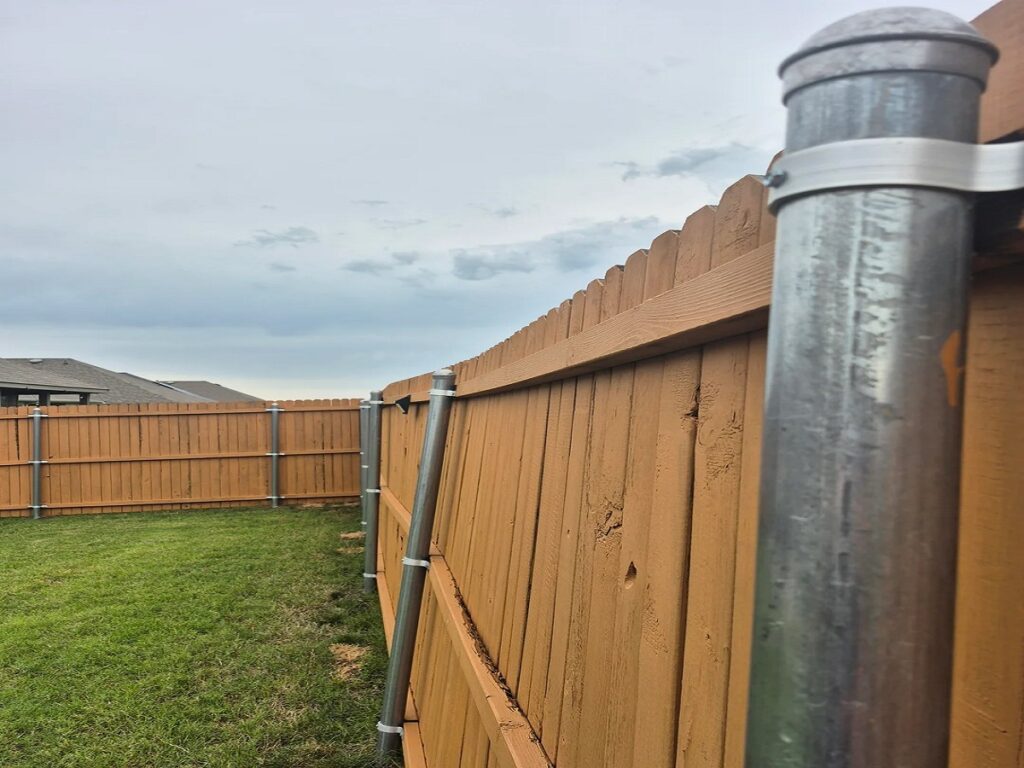
A leaning fence post compromises stability and can cause panels to sag or break. First, dig around the post to loosen the soil. If the post is still intact, add gravel and soil back to level it, then tamp it down firmly. For more serious damage, remove the post and set a new one in concrete to prevent future leaning. Checking the alignment with a level guarantees that the fence stays straight. This simple yet effective repair significantly improves structural integrity without replacing the entire fence.
3. Fix Loose Nails or Screws
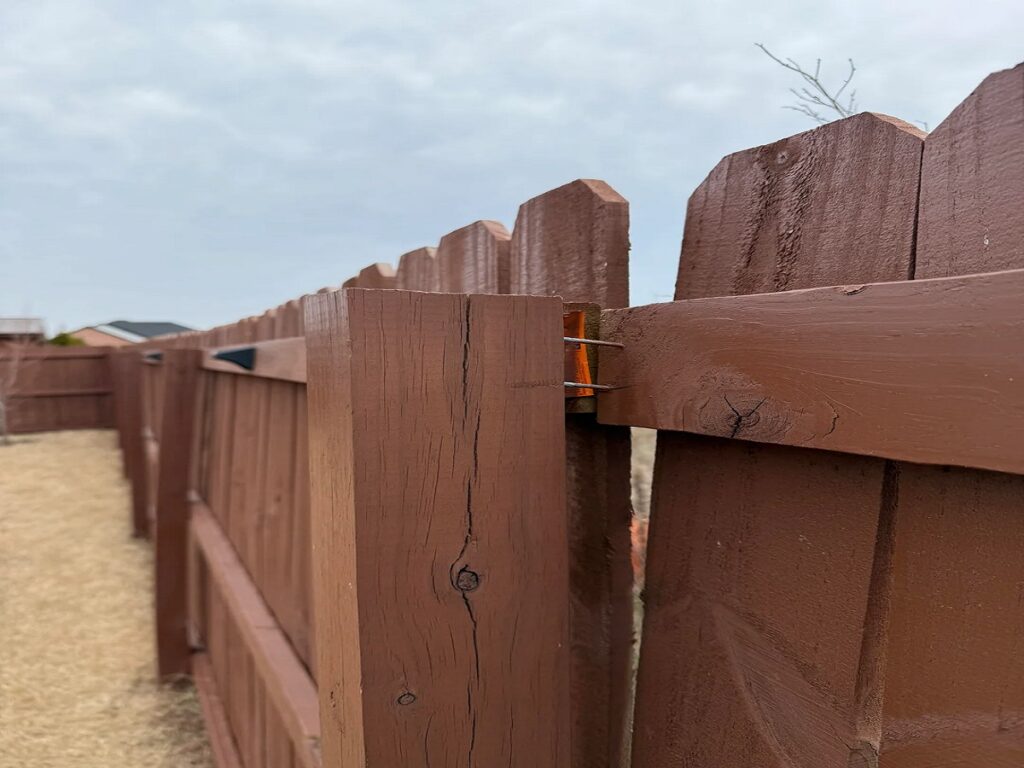
Over time, nails or screws in fences can loosen due to weather fluctuations or natural wood movement. Inspect your fence thoroughly and identify any loose fasteners. Replace them with longer or thicker nails and screws for better grip. In cases where the wood is worn, drill pilot holes to prevent splitting. Tightening or replacing these small components may seem minor, but it prevents panels from rattling, reduces gaps, and prolongs the fence’s lifespan, making this an inexpensive yet highly effective repair method.
4. Seal Cracks in Wooden Boards
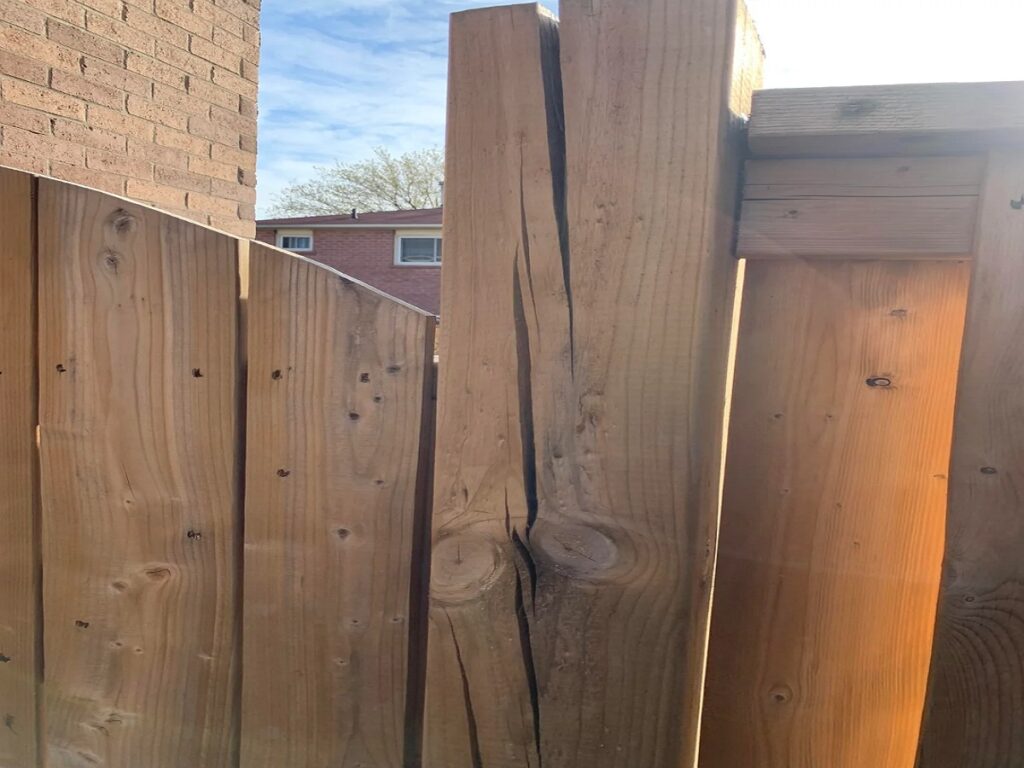
Cracks in wooden fence boards not only look unsightly but also allow moisture to seep in, accelerating decay. Using wood filler or exterior-grade putty is an efficient solution. Clean the cracks thoroughly and apply filler evenly, smoothing the surface with a putty knife. Once dried, sand the area lightly and apply paint or stain to match the existing fence. This repair method protects the wood from further damage, preserves aesthetics, and strengthens the board. Sealing cracks regularly prevents the need for complete replacements over time.
5. Replace Rusted Metal Components
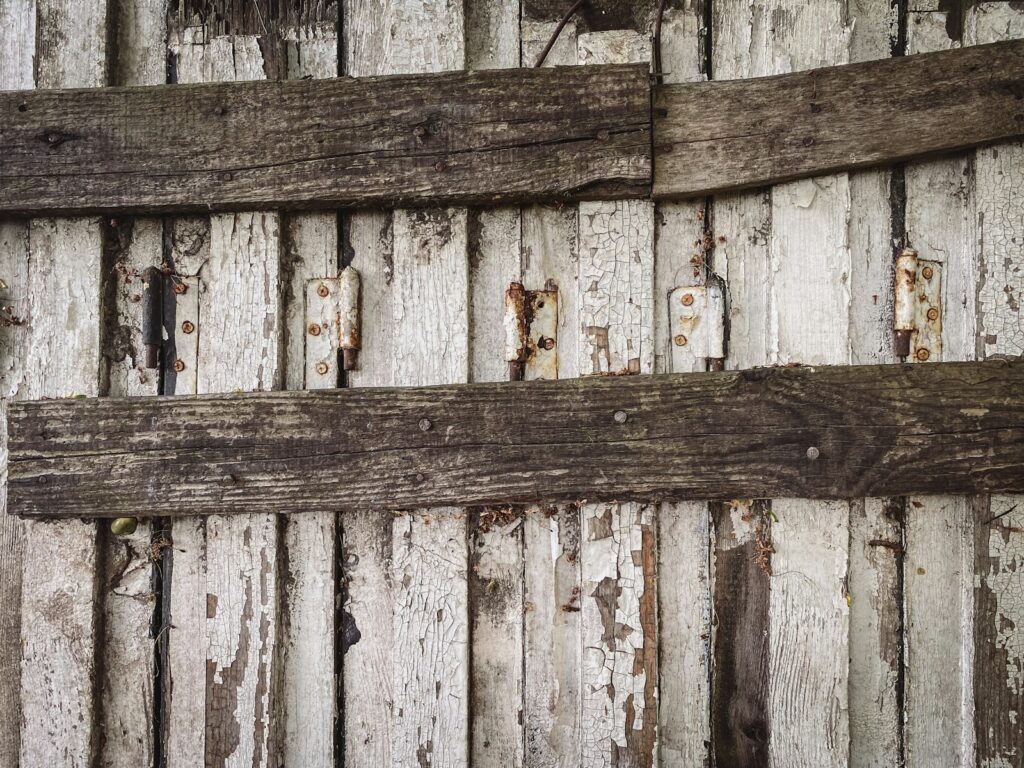
Metal fences often include panels, brackets, or hinges that may rust due to exposure. Rust weakens the fence and can spread if left untreated. Start by removing severely rusted parts and replacing them with galvanized or stainless steel alternatives. Light rust can be treated with a wire brush followed by rust-resistant paint. Ensuring proper drainage around the fence reduces future rust issues. This method keeps your metal fence functional and visually appealing while preventing further corrosion and expensive repairs.
6. Repair Sagging Gates
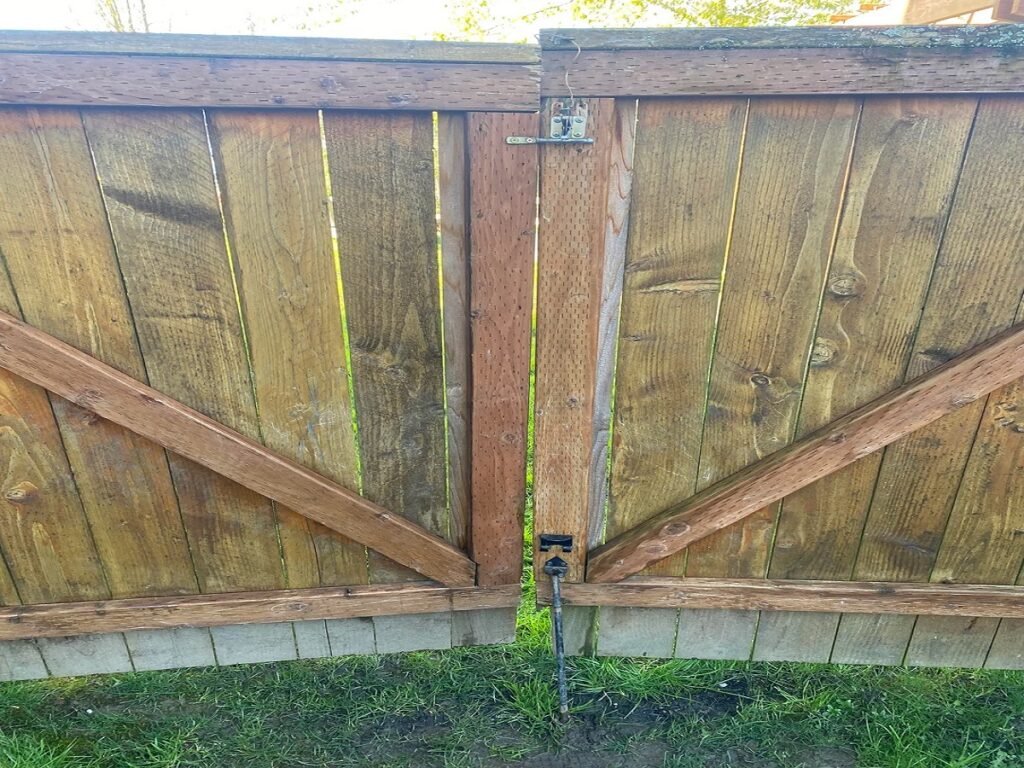
A sagging gate not only looks uneven but may also drag on the ground, causing further damage. Begin by inspecting the hinges and latch. Tighten loose screws or replace worn hinges with heavy-duty alternatives. If the sagging persists, add a diagonal brace across the gate to restore alignment. Adjusting the latch height ensures smooth opening and closing. By addressing gate sagging promptly, you prevent strain on the entire fence structure and maintain both security and aesthetic value efficiently.
7. Clean and Treat Wooden Surfaces
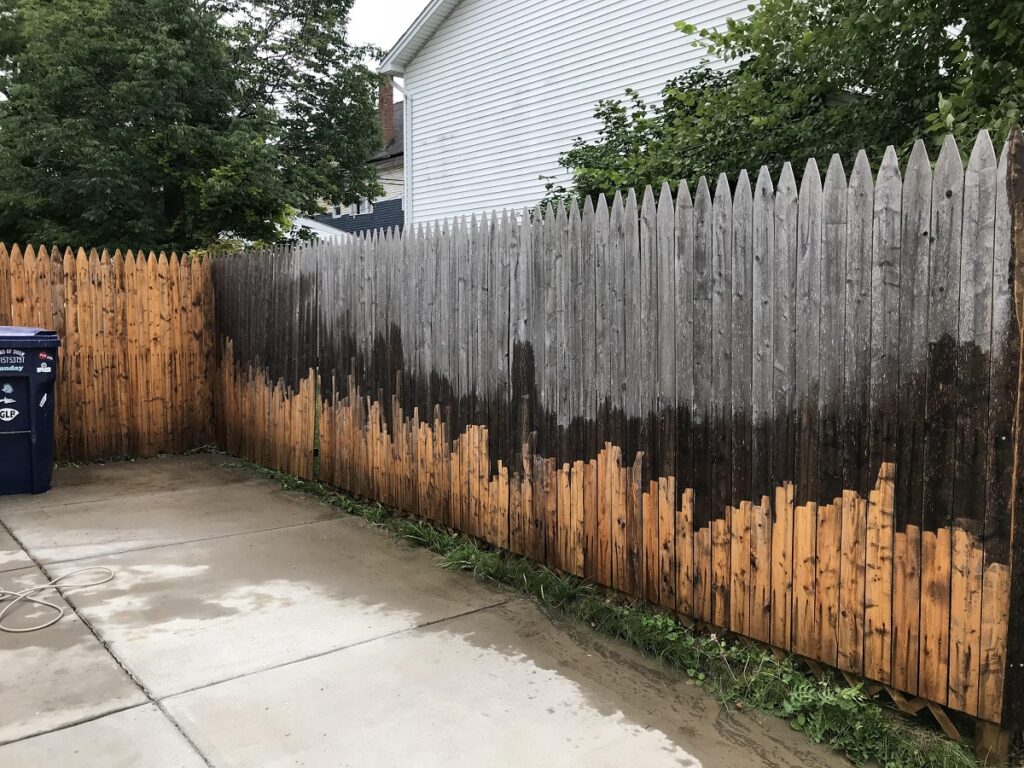
Accumulated dirt, mold, and mildew can weaken wooden fences over time. Regular cleaning with a mixture of mild soap and water removes debris and stains effectively. For stubborn spots, use a brush to scrub gently. After cleaning, apply a protective wood treatment, such as a stain or sealant, to shield the wood from moisture and UV damage. This method enhances the fence’s appearance while prolonging its life, making it a simple preventive repair technique that keeps your wooden fence looking fresh and strong year after year.
8. Strengthen Weak Sections with Bracing
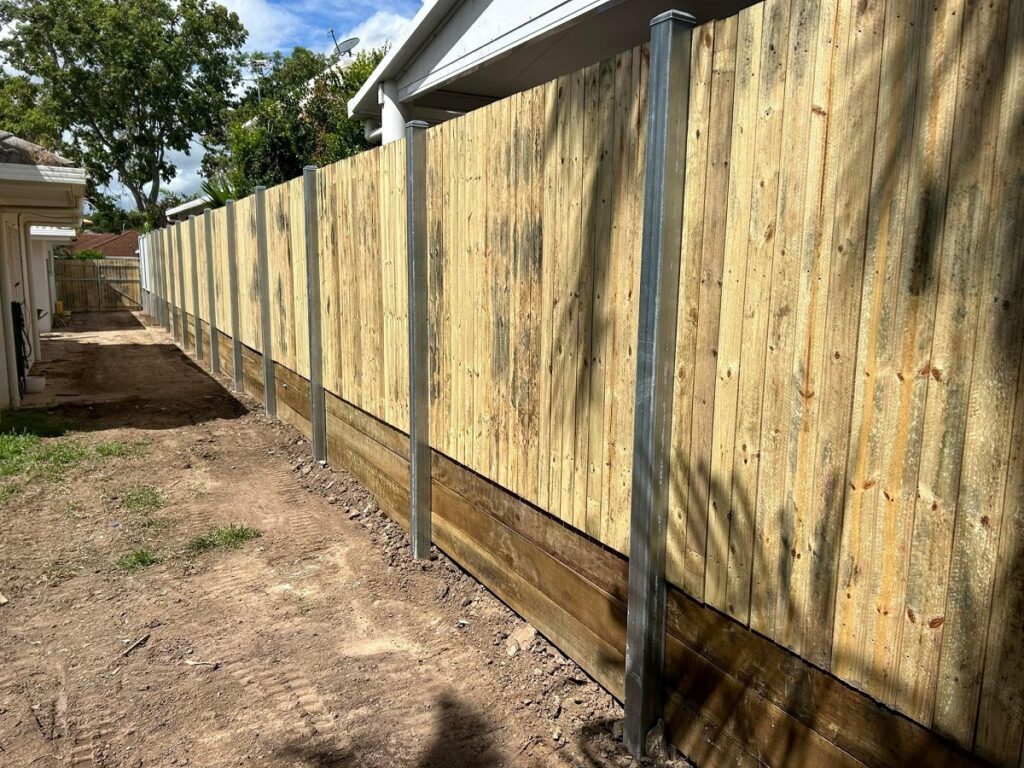
Certain sections of a fence may weaken over time due to environmental stress or structural flaws. Installing horizontal or diagonal braces provides additional support. Use pressure-treated lumber to avoid rot and ensure durability. Measure and secure braces tightly to prevent movement. Bracing distributes weight more evenly across the fence, reducing pressure on weak posts or panels. This repair method reinforces the fence without requiring full replacement, keeping your structure safe and stable while extending its functional life significantly.
9. Repaint or Restain for Protection
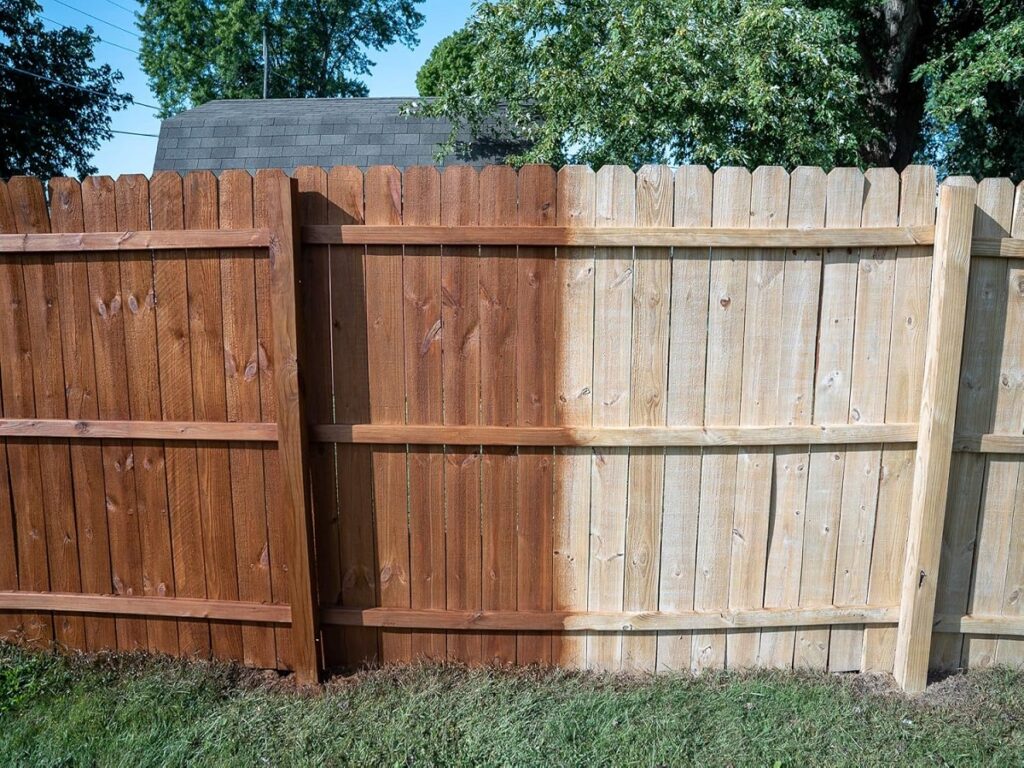
Paint or stain not only improves the look of your fence but also acts as a protective layer against weathering. Before applying, sand rough surfaces and remove old, peeling paint. Choose high-quality exterior paint or stain that resists moisture, sun, and pests. Apply evenly across all panels and allow sufficient drying time. Repainting or restaining every few years keeps your fence visually appealing while preventing cracks, rot, and corrosion. This method is a low-cost repair that preserves both strength and aesthetics effectively.
10. Replace Entire Sections When Needed
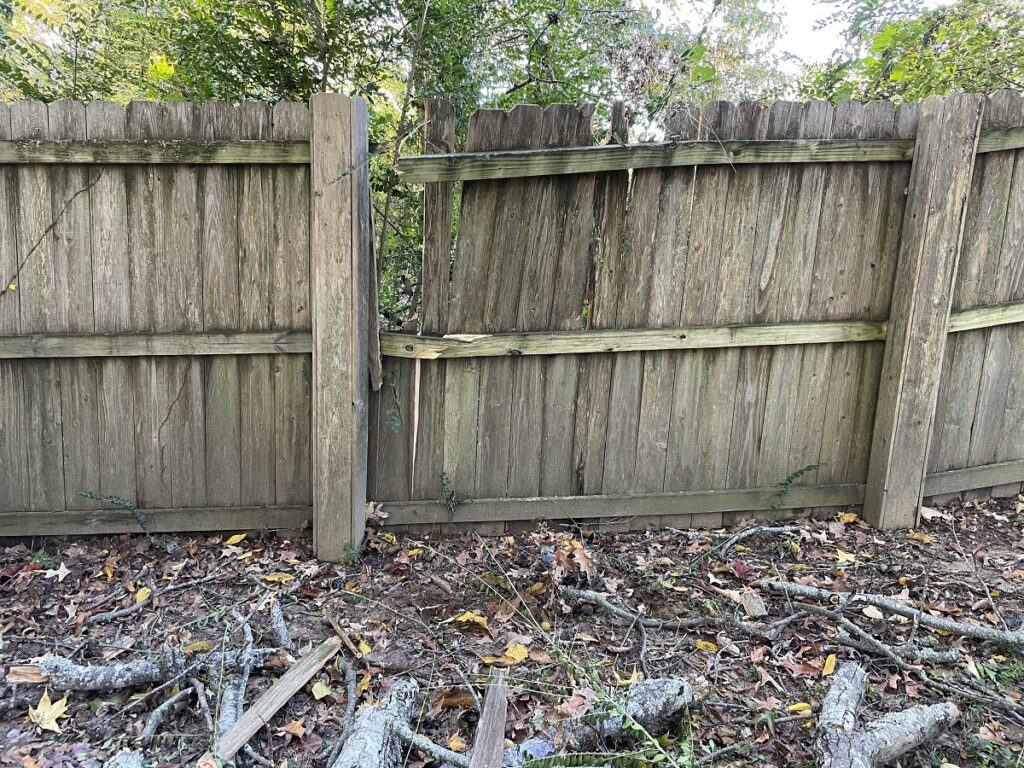
Sometimes damage is too extensive for minor repairs, especially after storms or prolonged neglect. In such cases, replacing entire sections is the most efficient solution. Carefully remove the damaged portion, ensuring adjacent areas remain intact. Install new posts and panels, aligning them precisely with existing fence lines. Using treated wood or durable materials prevents future issues. While more labour-intensive, this method restores your fence to near-original condition, combining durability, functionality, and aesthetics, ensuring your property remains secure and attractive.
Comments